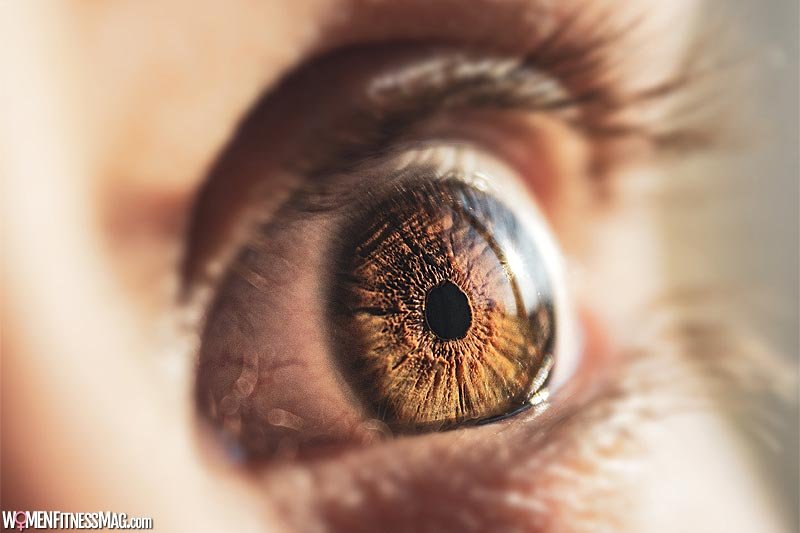An OCT scan explained : With so many advances in optical technology, opticians and optometrists now have access to a wide range of technology. This allows them to take a closer and more in-depth analysis of your eye health. OCT scans are now offered by a wide range of opticians and are a type of eye scan, which many will compare to an ultrasound for the body.
OCT scans will provide your optometrist with a detailed overview of the health of your retina. This will allow your optometrist to detect early signs of any eye conditions and health concerns. Although you may believe your eyes are healthy, an OCT scan is recommended to those with a genetic history of eye conditions and typically to anyone over the age of 25. They are really useful in informing you of your eye health, monitoring any changes over time and can help to determine further treatment or next steps to improving your vision.
What does an OCT scan do?
Using light waves, an OCT scan will take pictures of your retina, generating a 3D image of your eye’s structure. If offered, you should not be worried or concerned, as this is a painless and simple process, using technology very similar to that which is used during an ultrasound scan. Your eye will not have to be touched either. During the scan you will see some flashes of light which may dazzle you for a moment, this is similar to having your photo taken. Your optometrist will ask you to take a seat in front of the OCT instrument, where you will place your chin on a ledge for support. The team member conducting your scan will then proceed with operating the machine. It will often be performed within a darkened room to provide the faster and more accurate results.
Who should have an OCT scan?
An optometrist will typically recommend an OCT scan to patients who are aged over 25 or to someone who is concerned about their eye health, and particularly to patients who have a family history of eye conditions such as Glaucoma and may want some reassurance. Patients with diabetes will also likely be offered this scan as part of their annual eye examination since diabetes can affect the eyes. Having an OCT scan each time you visit your optician’s practice, will allow your optometrist to review, monitor and compare the images produced, overtime. This could help provide greater knowledge around the development of any eye conditions and to see if treatment is working.
What can an OCT scan detect?
Since an OCT scan can provide a detailed overview of your eye’s structure and therefore eye health, a number of common eye conditions can be spotted. This includes signs of common eye conditions such as:
- Age-related macular degeneration (AMD)
- Evaluation of macula
- Macular hole or pseudohole
- Vitreomacular traction
- Glaucoma
- Retinal assessment
- Retinal detachment
- Diabetic Retinopathy




